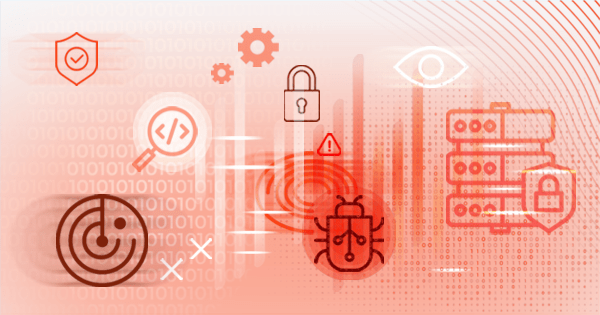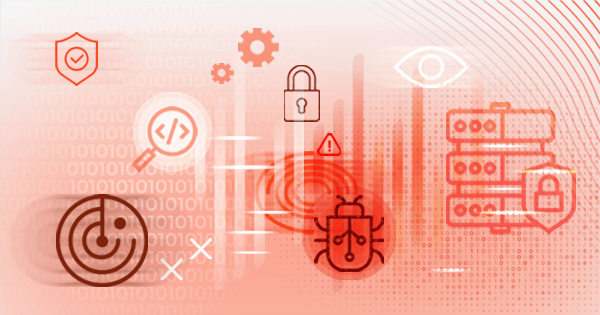Red teaming: 5 Safe Tips for Successful Execution
Red team vs blue team exercises are a very effective method to evaluate the security posture of your business. However, red teaming, due to its adversarial approach, carries certain risks that must be taken into consideration, both for the red team and the target business. The world of ethical hacking was slightly shaken in September […]










